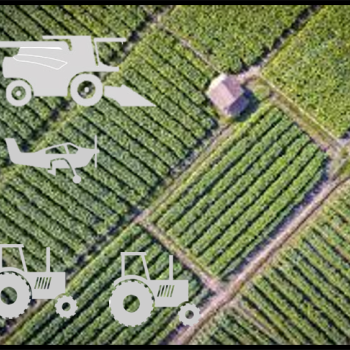Inter- and Intra-Team Coordination from High-Level Specifications (IITCHS)

Effectively managing teams of autonomous systems can overwhelm operators faced with evolving variables in their decision making. Researchers from Lincoln Laboratory and Boston University have addressed this problem with software that enables the safe, accurate control of a heterogeneous team of autonomous systems. With the push of a button, a person reliably directs the team to complete a complex task while also accommodating evolving circumstances. This software could improve the management of autonomous teams used in disaster responses, military missions, and industrial operations.
Challenge
Previous approaches for multi-system planning and coordination have fallen short for two reasons: (1) most focus on homogeneous teams in which each member is identical to all others; this focus simplifies the planning process but overlooks the reality that in many teams not all systems are identical; and (2) tools that plan complex tasks by using machine learning techniques require training the tools on specific data; each new task or change requires the tool to undergo a new round of training.
Innovative Approach
A plan for a heterogeneous team of autonomous systems to accomplish a multifaceted task must accommodate several parameters: task requirements, number of systems, and the environment in which the systems will operate. Our software automatically divides task requirements and large teams into smaller, more computationally tractable units, or sub-teams. The core algorithm is an efficient encoding of the planning problem for these smaller units into a mixed integer linear program (MILP) that allows the software to quickly find solutions to planning problems. The solutions to the MILP are then passed to a motion planner, which generates a feedback control policy that each system uses to execute its individual plan. This feedback controller is augmented by a robust safety controller that uses control barrier functions to ensure that systems, such as cars, robots, or drones, do not collide with each other or obstacles in the environment.
Performance of all systems is monitored in real time. If a system or its teammate detects that it will not achieve its individual objective, then the sub-team attempts to repair the plan. Similar mechanisms exist at each level, attempting to autonomously repair the plan before escalating planning back to the human operator.
Benefits
- Automatically generates new plans from new input specifications without retraining the system on new data
- Scales to at least 50 systems, and handles teams of systems with disparate capabilities, such as different sensors or controllers
- Flexibly recovers from disturbances or individual systems' failures; unexpected changes do not prevent the success of the planned task
- Operates at near real time
Potential Use Cases
- Military missions using uncrewed vehicles
- Disaster response efforts employing drones
Additional Resources
A.M. Jones et al., "ScRATCHS: Scalable and Robust Algorithms for Task-Based Coordination from High-Level Specifications," Proceedings of the International Symposium on Robotics Research (ISRR), 9 Oct. 2019.